Growing up in the lakes country of Minnesota meant spending many hours of my childhood on the water. If you didn’t live on a lake, you knew someone who did and for me, that was my grandparents. They lived on West Battle Lake, which was well known for producing muskie, sunfish, and the most popular, walleye.
I remember waking up early on weekends to go fishing with my grandpa. I’d open the sliding door and my grandma would be sitting at the picnic table with her coffee listening to the loons on the water. She’d get up and grab my life jacket from the shed while my grandpa grabbed the fishing poles and the leeches from the fridge. Making my way happily down the dock, I’d tell my grandpa where I wanted to start fishing. We had nicknames for all our favorite spots on the lake. The “sunhouse spot” was great for catching walleye in the evening, and the “white-picket-fence spot” proved excellent in the morning hours.
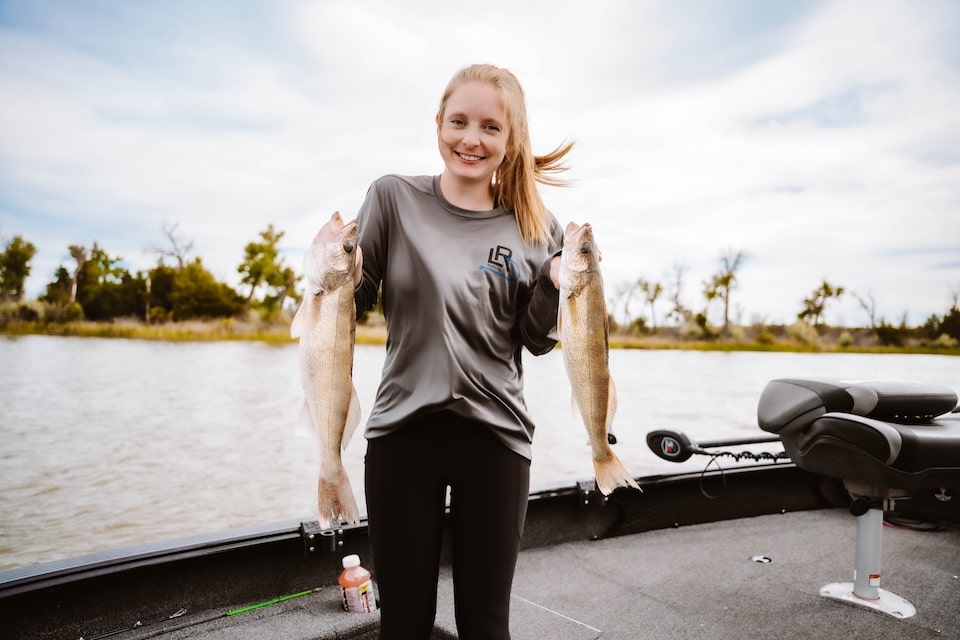
As I got older, I would always make time to swing down to my grandparents’ house so I could hop in the boat to go fishing. During the summer months when I was a teenager, I had a job that I didn’t start until the early afternoon, so I would usually wake up and drive the 30 minutes to their house and try my luck at catching a big walleye before racing back to town for work. That was just a typical day for a kid that lived near over one thousand lakes.
After college, I moved to South Dakota for my dream job working as a graphic designer and photographer for an outdoor agency. It was there that I met my good friend, Nick Harrington, who runs a guide business, Lip Ripper Fishing, specializing in walleye fishing. We quickly made a deal that he would bring me out fishing and I would take photos for his business. After a few outings and many offers to reel in some nice sized walleye, I finally caved. Ever since then, I’ve been fishing in just about every corner of South Dakota – including Lake Sharpe, Lake Oahe, Roy Lake and Lake Poinsett. Fishing for walleye in South Dakota is a bit different than fishing in Minnesota, but there are also many similarities too.
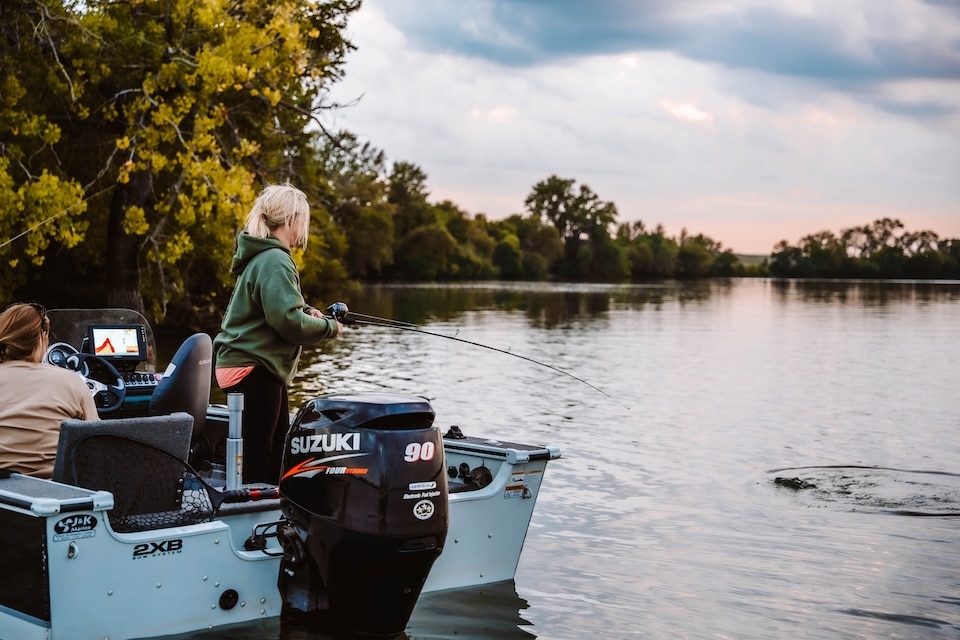
Walleye Bite Better Around Sunrise and Sunset
This was the first similarity I noticed between fishing in Minnesota compared to South Dakota. In either location, the walleye bite is always best in the hour or so surrounding sunrise and sunset. Walleye are very sensitive to light and prefer low-light conditions – such as when the sun is low in the sky. During the day when the sun is out, they tend to go deeper to get away from the light, which makes them more difficult to catch.
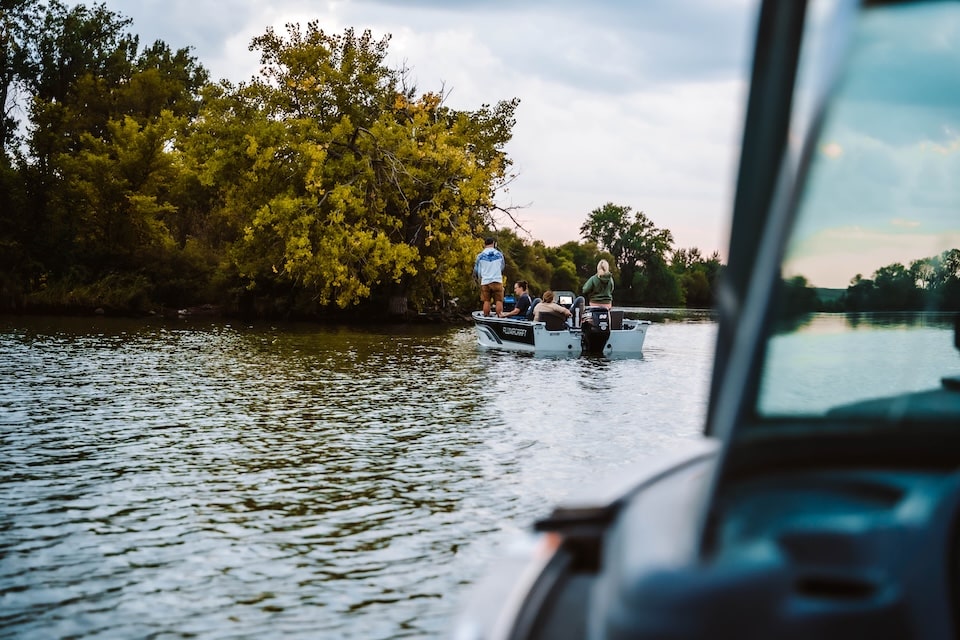
Live Baits Are Most Popular
Although the time of day in which you choose to go fishing is important, so is the bait that you put on your hook or lure. The three main types of live bait are minnows, leeches and worms, but each one works best during a certain time of year. The spring and fall months are perfect for minnows. Worms are perfect for summer and don’t be afraid to break out some leeches on those really hot South Dakota days.
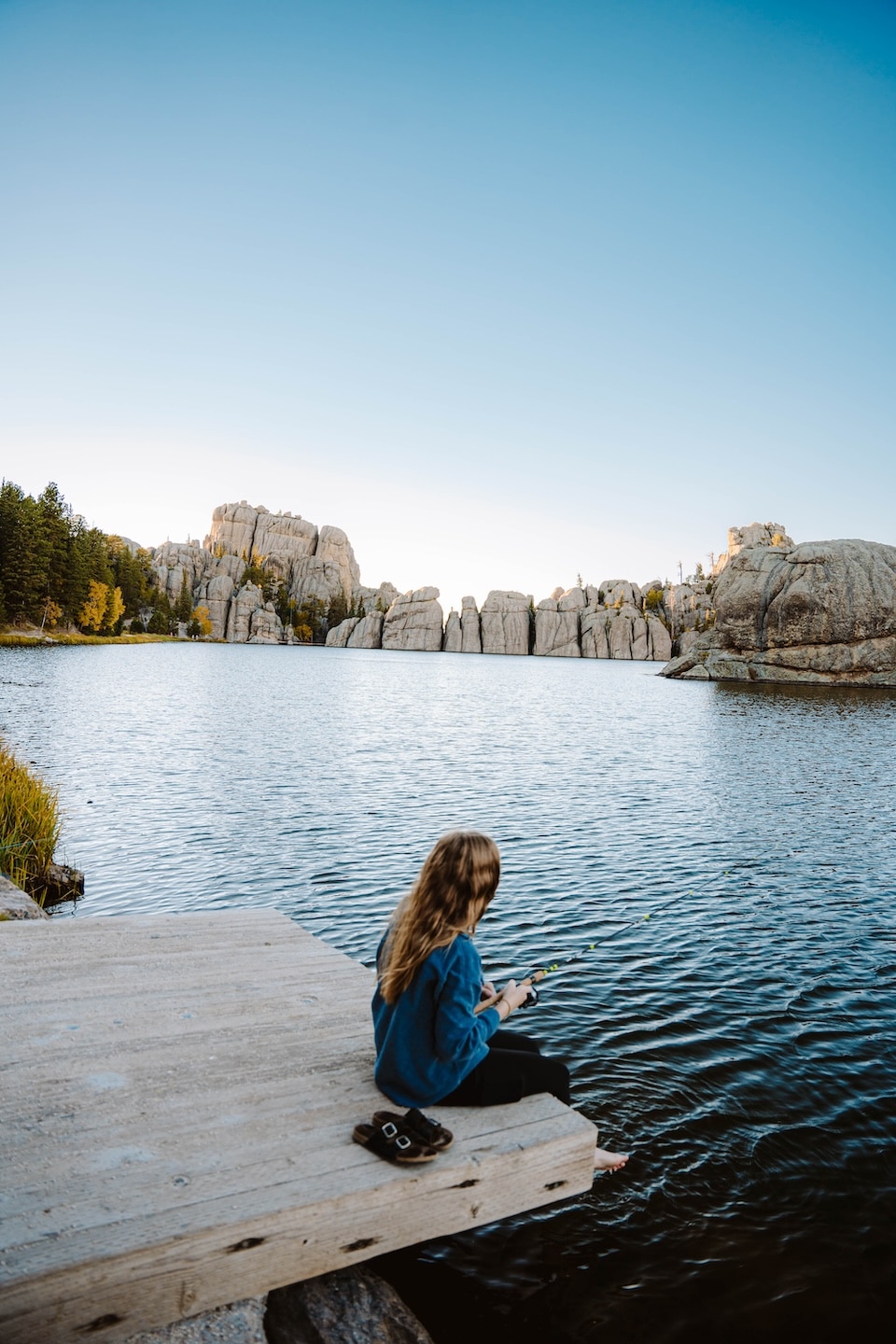
Plastic Baits Are A Great Alternative
There are certain instances where using plastic baits may trigger walleye better than live bait. For example, plastic baits can be a great option in the spring time while the water is still cool. Nick recommends using a ⅛-ounce jig and plastic like a three-inch Berkley Ripple Shad. If you aren’t a fan of touching live bait, plastics are also a great option and work for a variety of techniques.
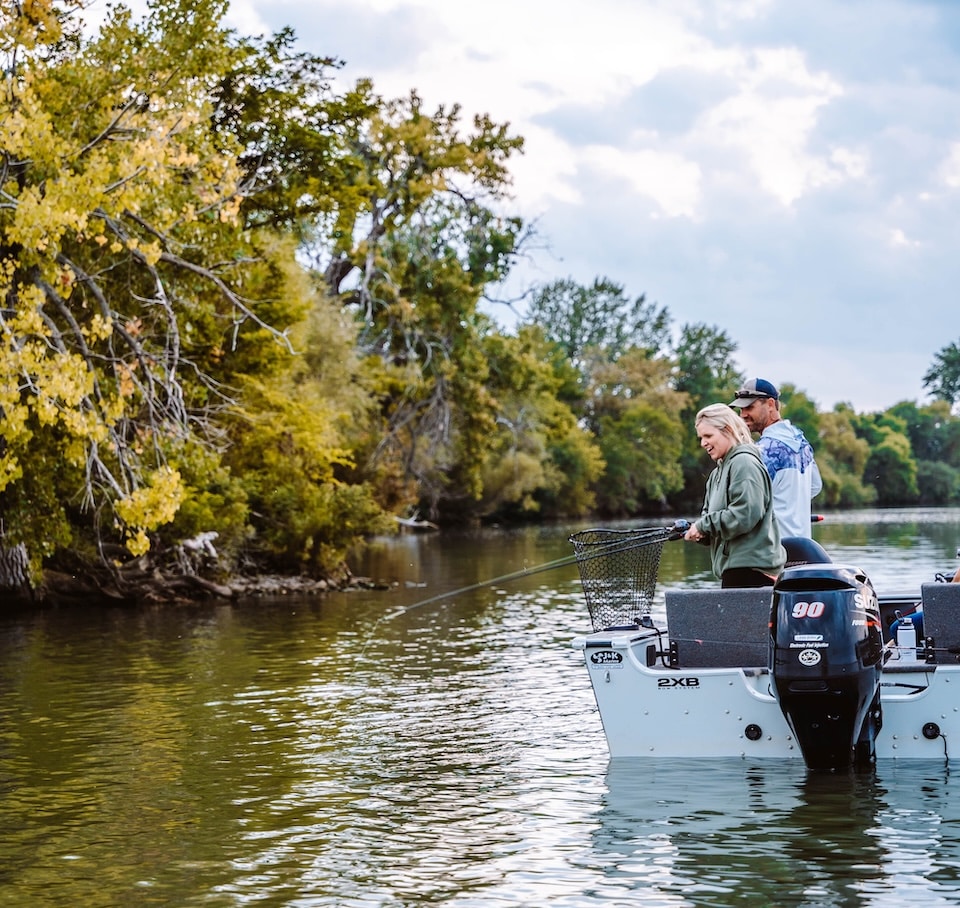
Find a Technique That Works For You
While growing up, I learned about jigging for my first fishing technique. It was simple and was easy to learn. Jigs are a type of lure that has a lead sinker built onto the hook. These sinkers allow your bait to get to the bottom faster and also allows you to hop or skip your bait, which attracts the fish. There are many different shapes, colors and weights. Jigging is common practice for anglers in South Dakota and a great option for beginners.
Once you drop your jig into the water, let out your fishing line until it hits the bottom. You’ll know when you hit the bottom when your line starts to have some slack in it. Reel up until your line tightens up again. Then lift up the fishing pole and slowly bring it back down. Do this every 10 to 15 seconds until you get a bite. It’s that easy!
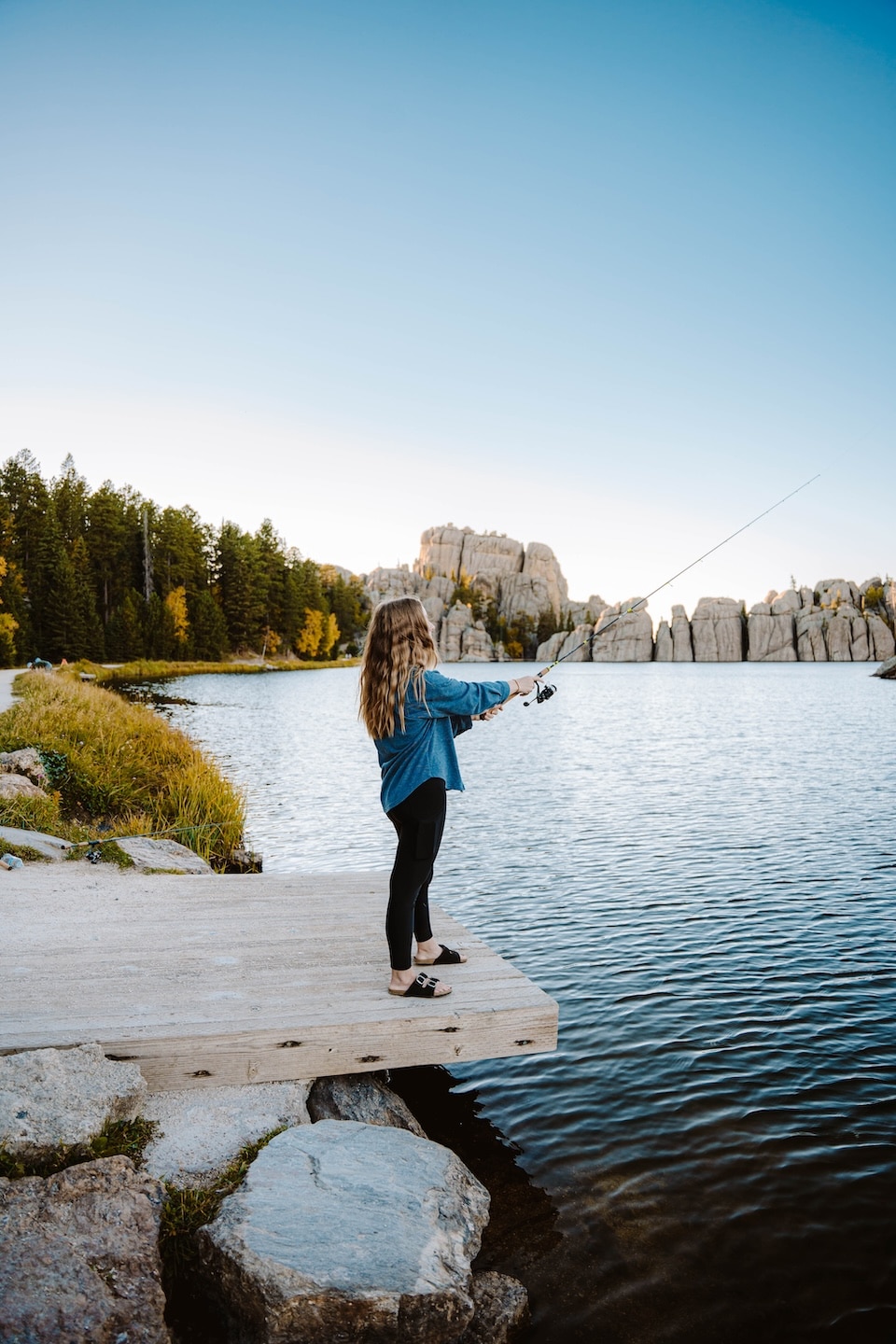
Shore Fishing, Indeed!
Many people think you need a boat to be a successful walleye angler, but there are plenty of opportunities to catch fish from shore as well. Over the past several years, communities have been working to improve shore fishing access across South Dakota. Fishing pods and piers are becoming more common, which is great for beginner anglers. When fishing in these locations, try using a shallow running crankbait. These lures are perfect for fishing from shore because they work well in shallow water – only diving a few feet below the surface.
Once you find a technique that you enjoy, you can really dive in and master that skill. There’s tons of educational content out there which are great tools to use when just starting out. For resources on fishing specifically in South Dakota, check out the Midwest Lip Rippers website.
Catching fish is the goal for many, but you get so much more out of fishing than just a thrill of the catch or a meal for your family. The memories that are made out on the water with your friends or family are priceless. For me, I’ll never forget those early mornings, rushing down the dock after my grandpa or the countless hours sitting in the boat. Catching a walleye was just a bonus.

Allie Ellingson is a graphic designer and photographer in the outdoor industry. A mom of two girls, she balances family life with her love for pheasant hunting and fishing. Through her photography and writing, Allie shares her passion for the outdoors and the adventures and memories that come with it.
The Women's Outdoor News, aka The WON, features news, reviews and stories about women who are shooting, hunting, fishing and actively engaging in outdoor adventure. This publication is for women, by women. View all posts by The WON